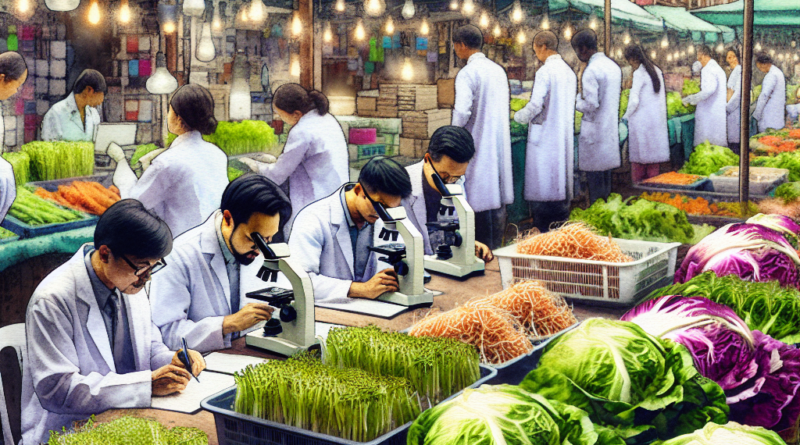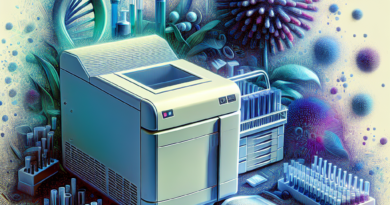“Assessing the Prevalence and Drug Resistance of ESBL-Producing E. coli in Raw Vegetables from Malaysian Markets”
Understanding ESBL-Producing E. coli
Extended-spectrum beta-lactamase (ESBL) producing E. coli are bacteria that have developed resistance to a range of antibiotics, particularly those that contain the beta-lactam ring, such as penicillins and cephalosporins. This resistance can lead to difficulties in treating infections caused by these bacteria, which can include urinary tract infections, blood poisoning, and other serious conditions. The ability of these bacteria to resist antibiotics is a significant public health concern, as it can lead to higher medical costs, prolonged hospital stays, and increased mortality.
The Research Study
The study in question, conducted by Lee et al. (2021), focused on the prevalence of ESBL-producing E. coli in raw vegetables from hypermarkets and wet markets in Malaysia. This research is crucial because raw vegetables are often consumed without cooking, which would otherwise kill bacteria, making them a potential vehicle for transmitting antibiotic-resistant bacteria to humans.
Background and Methods
To understand the scope of this issue, the researchers collected 180 samples of lettuce and bean sprouts and employed the most-probable-number (MPN) analysis along with multiplex polymerase chain reaction (MPN-PCR) to detect and quantify the presence of ESBL-producing E. coli. The study also involved antibiotic susceptibility testing (AST) to determine the resistance patterns of the isolates to various antibiotics.
Results of the Study
The results were alarming: 62.11% (59/95) of lettuce samples and 63.53% (54/85) of bean sprout samples were found to be contaminated with ESBL-producing E. coli, with a microbial load ranging from less than 3 to more than 1100 MPN/g. The study also found that the prevalence of these bacteria was significantly higher in vegetables from wet markets compared to hypermarkets.
Furthermore, the AST revealed that all isolates were susceptible to cefepime, piperacillin/tazobactam, and meropenem, but 60% of the isolates showed multidrug resistance. Notably, 80% of the ESBL-producing E. coli strains demonstrated resistance to ampicillin, a commonly used antibiotic.
Impact of the Study
This study highlights the high prevalence of ESBL-producing E. coli in raw vegetables and suggests that these foods could act as a conduit for transmitting these resistant bacteria to humans. The findings underscore the need for improved safety measures in the handling and storage of raw vegetables, as well as the need for global monitoring of antibiotic resistance patterns.
Conclusion and Future Prospects
The research by Lee and colleagues (2021) provides valuable insights into the prevalence of antibiotic-resistant bacteria in the food supply. While the study is not revolutionary, it is a critical step in understanding and addressing the spread of antimicrobial resistance. Future research should focus on identifying the sources of contamination, developing strategies to mitigate the spread of ESBL-producing bacteria, and promoting the prudent use of antibiotics in agriculture and medicine to preserve their effectiveness.
Reference
Lee, E., Radu, S., Jambari, N. N., & Abdul-Mutalib, N. A. (2021). Prevalence and Antibiogram Profiling of Extended-Spectrum Beta-Lactamase (ESBL) Producing Escherichia coli in Raw Vegetables, in Malaysia. Foods 2021. MDPI. http://dx.doi.org/10.3390/Foods2021-10960




